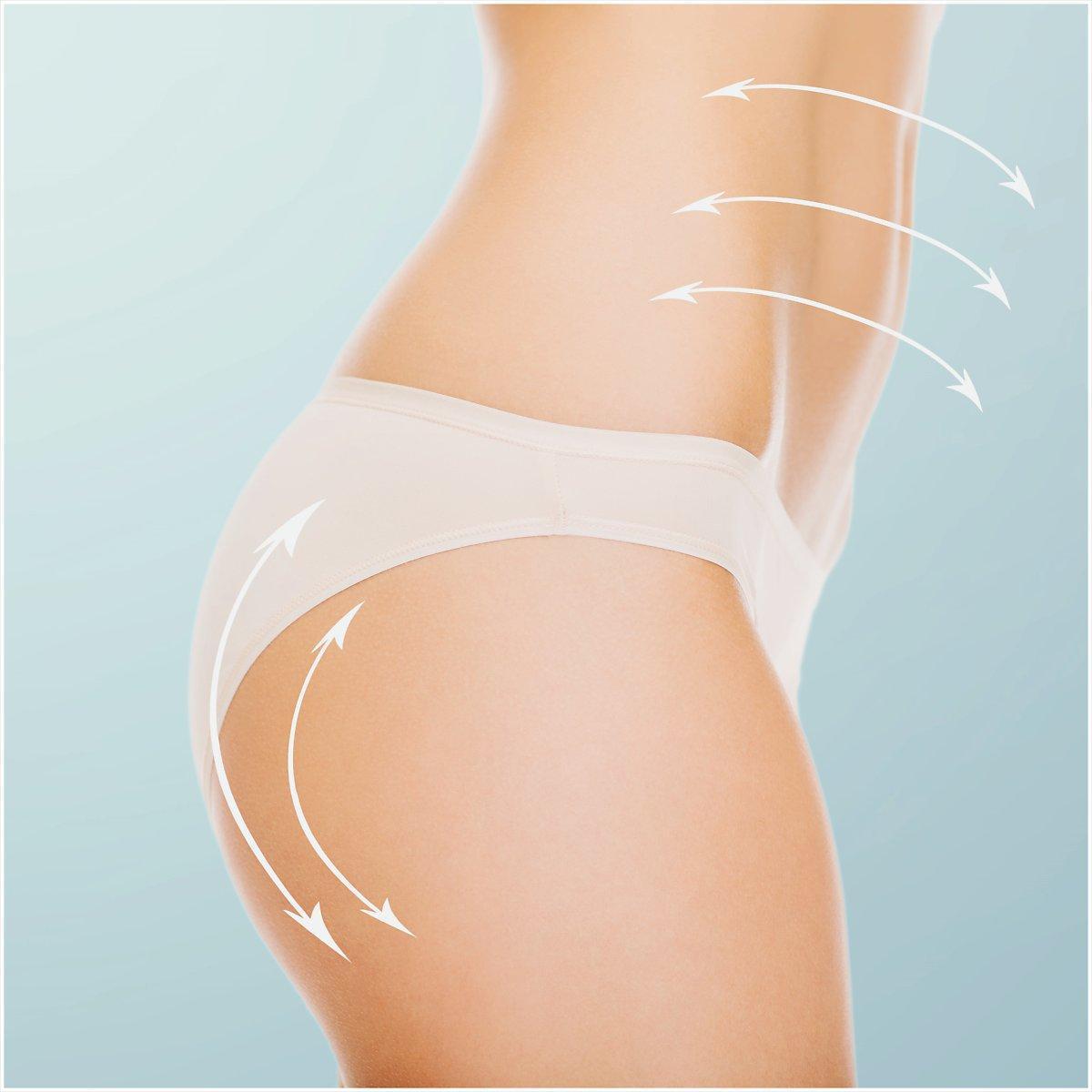Comparing FUE and FUT: Choosing the Right Hair Transplant Method
Hair Transplant cost in Riyadh

Hair loss is a common concern that affects millions of people worldwide, and finding the most effective solution can often feel overwhelming. Among the various treatments available, hair transplant (زراعة الشعر في الرياض)procedures stand out as a lasting option for restoring lost hair. Two of the most popular hair transplant techniques are Follicular Unit Extraction (FUE) and Follicular Unit Transplantation (FUT). Understanding the key differences between these methods can help you make an informed decision that aligns with your goals and lifestyle.
What is Follicular Unit Extraction (FUE)?
Follicular Unit Extraction, commonly known as FUE, is a minimally invasive hair transplant method in which individual hair follicles are extracted directly from the donor area, typically the back of the scalp. Each follicle is carefully removed using a tiny punch tool, then transplanted to areas experiencing hair thinning or baldness. This technique avoids the need for a large incision, which means the recovery time is generally faster, and scarring is less visible.
How Does Follicular Unit Transplantation (FUT) Work?
Follicular Unit Transplantation, or FUT, involves removing a thin strip of scalp from the donor region, which is then dissected into individual follicular units under a microscope. These units are transplanted to the recipient area to promote natural hair growth. Unlike FUE, FUT requires sutures to close the incision, which results in a linear scar but allows for harvesting a higher number of grafts in a single session.
Key Differences Between FUE and FUT
Harvesting Method
-
FUE extracts individual hair follicles one at a time, making it less invasive but somewhat time-consuming.
-
FUT removes a strip of scalp, enabling the extraction of many follicular units simultaneously.
Scarring and Healing
-
FUE leaves small, dot-like scars scattered throughout the donor area, which are often inconspicuous due to their size and distribution. The healing time is typically quicker.
-
FUT results in a linear scar along the back of the head, which may be visible if hair is cut very short. Healing generally takes longer due to the sutures.
Graft Yield and Sessions
-
FUT can provide a higher yield of grafts in one session, making it suitable for patients requiring extensive coverage.
-
FUE may take more sessions to achieve the desired density, depending on the area needing coverage.
Pain and Discomfort
-
FUE tends to cause less postoperative discomfort as it is less invasive.
-
FUT can involve more pain due to the incision and suturing, but pain management techniques are effectively used in both methods.
Advantages of FUE
Choosing FUE has become increasingly popular due to its minimally invasive nature and quicker recovery. It is ideal for individuals who prefer to keep their hair short since the small dot scars blend mostly into the scalp. Patients who want less discomfort and a faster return to daily activities often favor this approach. Additionally, FUE is suitable for those who may want multiple sessions spread out over time without worrying about extensive scarring.
Advantages of FUT
FUT is often recommended for patients needing a large number of grafts in a single session, such as those with significant hair loss. Because the strip removal allows harvesting many follicles simultaneously, FUT can reduce the number of surgeries needed. Moreover, in some cases, the grafts obtained through FUT may have a higher survival rate due to the meticulous dissection under a microscope.
Which Hair Transplant Method is Right for You?
When deciding between FUE and FUT, several factors come into play, including hair type, donor area characteristics, lifestyle, and long-term goals.
For example, if you lead an active lifestyle and want a procedure with minimal downtime and less visible scarring, FUE might be the better option. Conversely, if you require substantial hair coverage and prefer to achieve it in fewer sessions, FUT may be ideal.
Discussing your expectations with a qualified specialist and understanding your scalp condition will help ensure the best possible outcome. For anyone considering a Hair Transplant in Riyadh, evaluating these techniques carefully can lead to more satisfactory and natural-looking results.
Post-Procedure Care and Expectations
Regardless of the method chosen, both FUE and FUT require appropriate aftercare to maximize success. This includes gentle washing of the scalp, avoiding strenuous activities for a few weeks, and being mindful of the healing process to prevent infection or damage to the transplanted follicles.
Hair growth typically begins within a few months after the procedure, with continued improvement over the next year. Patience and proper maintenance contribute significantly to the final aesthetic outcome.
Innovations and Future Trends in Hair Transplants
Modern advancements have improved both FUE and FUT techniques, optimizing follicle extraction, minimizing trauma, and enhancing graft survival. Enhanced imaging systems and robotic-assisted devices now provide greater precision during surgery, improving overall effectiveness and patient satisfaction.
As research progresses, hybrid approaches combining the best aspects of both FUE and FUT may become more common, offering customized solutions for diverse patient needs.
Frequently Asked Questions
Q1: Can I choose either FUE or FUT regardless of my hair type?
Hair type plays a role in determining the ideal technique. Both methods accommodate different hair textures, but consultation with a specialist ensures the best match based on your specific scalp and hair characteristics.
Q2: Is there a difference in recovery time between FUE and FUT?
Yes. FUE tends to have a shorter recovery period with minimal visible scarring, while FUT requires longer healing due to the incision and suturing process.
Q3: Will the scar from FUT be noticeable if I cut my hair short?
A linear scar from FUT can be visible, especially with very short hairstyles. However, with proper scar management and hair length, it often remains discreet.
Q4: How long after a hair transplant will new hair start growing?
New hair growth generally begins around three to four months post-procedure and continues improving up to a year. Full results typically become apparent within this timeframe.
Q5: Is one method more painful than the other?
FUE is usually less painful and causes less discomfort post-surgery compared to FUT because it is less invasive and doesn’t involve sutures.
Q6: Can I undergo more than one hair transplant session?
Absolutely. Multiple sessions are possible with both FUE and FUT, depending on the extent of hair loss and patient goals. FUE’s minimal scarring makes it especially suitable for multiple procedures.








